Pellet Storage Bins for Animal Feed
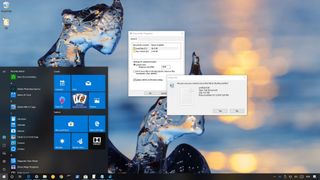
On Windows 10, the Recycle Bin is a great feature designed to store deleted files, instead of erasing them immediately from the hard drive. If you ever need them back, you can use this feature to restore one or multiple files as necessary.
The only caveat is that Recycle Bin won't keep all your deleted files indefinitely. Depending on the size of the partition, only five to fifteen percent of space is reserved to store deletions. As space fills up, Windows 10 will start erasing the oldest files to make room to accommodate new deletions, reducing the number of files you can recover.
However, you can adjust the settings to change the maximum storage size to increase the number of files you can restore, remove files bypassing the Recycle Bin, and even add a confirmation dialog to prevent accidental deletions.
In this Windows 10 guide, we'll walk you through the steps to manage the Recycle Bin settings to change the maximum hard drive space that can be used to store deleted files. Also, we'll show you the steps to remove files immediately after they're deleted, and the instructions to enable the confirmation dialog to prevent accidental deletions.
- How to adjust storage usage for Recycle Bin
- How to delete files immediately bypassing Recycle Bin
- How to display confirmation before deleting files on Windows 10
How to adjust the maximum storage usage for Recycle Bin
If you want to increase or decrease the amount of storage Recycle Bin can use to keep deleted files, use these steps:
- Use the Windows + D keyboard shortcut to view the desktop.
- Right-click the Recycle Bin icon, and select the Properties option.Quick Tip: If you can't find the icon in the desktop, you can control the desktop icons on Settings > Personalization > Themes, and clicking the Desktop icon settings option under the "Related Settings" section.
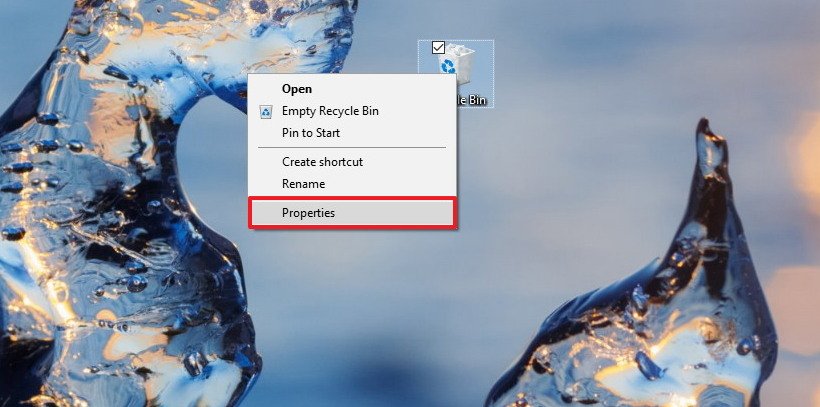
- If you have multiple partitions you want to configure, select the Recycle Bin location you want to configure. For example, Local Disk (C:), which is the drive where Windows 10 is installed.
- Under the "Settings for selected location" section, select Custom size option.
- In the "Maximum size (MB)" field, specify the maximum hard drive space in megabyte that Recycle Bin can use on the particular partition. For example, if you have a 500GB drive, and you want Recycle Bin to use 50GB of space, then you need to specify 51200 megabytes (because 1GB is equal to 1,024MB).
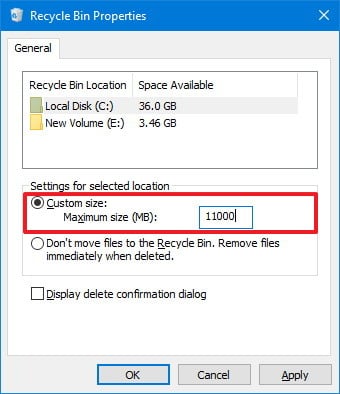
- Click the Apply button.
- Click the OK Button.
Once you've completed the steps, the Recycle Bin will be able to keep more or fewer files from a particular location depending on your configuration.
While each partition configured on your device has its own Recycle Bin, removable drives like SD cards and USB flash drives are not supported, which means that as you delete files on those portable devices, they'll be erased permanently.
If you work with files that are not important, instead of saving them in the Recycle Bin, you can set an option to remove files immediately using these steps.
- Use the Windows + D keyboard shortcut to view the desktop.
- Right-click the Recycle Bin icon, and select the Properties option.

- If you have multiple hard drives, choose the Recycle Bin location that you want to configure.
- Under the "Settings for selected location" section, select the Don't move files to the Recycle Bin. Remove files immediately when deleted option.
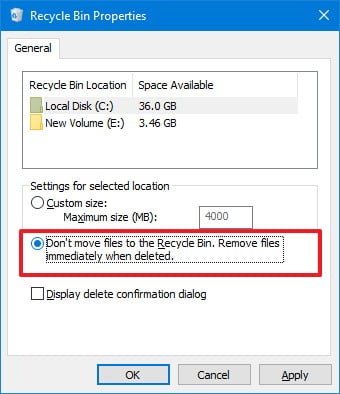
- Click the Apply button.
- Click the OK Button.
After completing the steps, files you don't need anymore will delete immediately skipping the Recycle Bin.
How to display confirmation before deleting files on Windows 10
If you're one of those users who usually push the delete button on files by accident, even though, you can always restore them from the Recycle Bin. It's possible to display a confirmation dialog before deletion.
To enable a confirmation dialog before moving a file to the Recycle Bin, do the following:
- Use the Windows + D keyboard shortcut to view the desktop.
- Right-click the Recycle Bin icon, and select the Properties option.

- Check the Display delete confirmation dialog option.
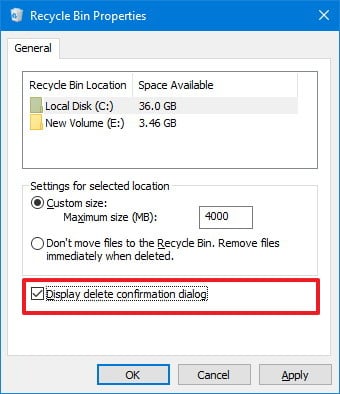
- Click the Apply button.
- Click the OK button.
Once you've completed the steps, every time you try to delete a file, you'll get a confirmation dialog before sending the file to the Recycle Bin.
We're focusing this guide on Windows 10, but these Recycle Bin settings have been available in the OS for a long time, which means that you can use the same instructions on Windows 8.1 and Windows 7.
More Windows 10 resources
For more helpful articles, coverage, and answers to common questions about Windows 10, visit the following resources:
- Windows 10 on Windows Central – All you need to know
- Windows 10 help, tips, and tricks
- Windows 10 forums on Windows Central
Mauro Huculak is technical writer for WindowsCentral.com. His primary focus is to write comprehensive how-tos to help users get the most out of Windows 10 and its many related technologies. He has an IT background with professional certifications from Microsoft, Cisco, and CompTIA, and he's a recognized member of the Microsoft MVP community.
Source: https://www.windowscentral.com/how-change-recycle-bin-storage-settings-windows-10
0 Response to "Pellet Storage Bins for Animal Feed"
Post a Comment